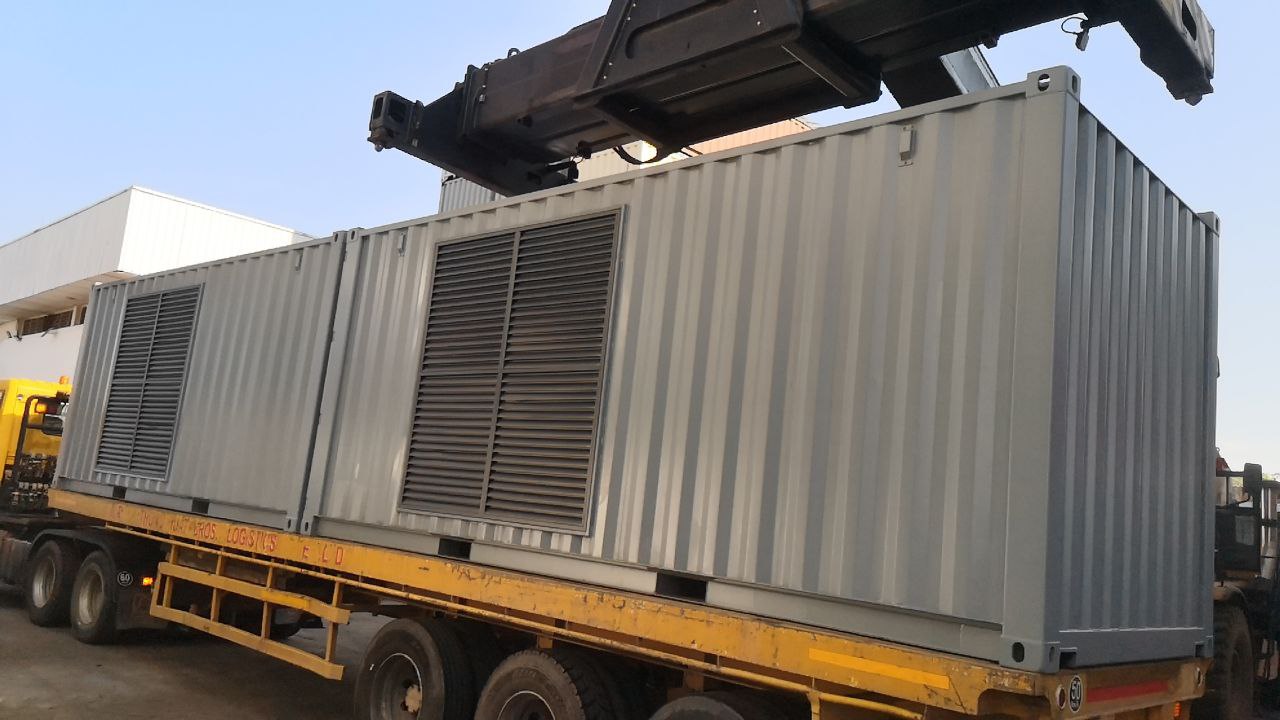Are Prefab Offices Really Sustainable? Debunking the Myths

Prefab offices, also known as modular or prefabricated offices, have gained significant attention as a cost-effective and quick-to-assemble alternative to traditional construction. However, their sustainability has been a subject of debate. In this article, we’ll explore the myths surrounding prefab offices and uncover the reality of their environmental impact.
Myth 1: Prefab Offices Are Made with Cheap, Non-Eco-Friendly Materials
One of the most common misconceptions about prefab offices is that they are constructed using substandard materials that are harmful to the environment. This myth likely stems from the assumption that speed and affordability come at the cost of quality and sustainability.
Reality: Prefab offices can be built with the same high-quality materials used in traditional construction, including sustainable options like recycled steel, sustainably sourced wood, and energy-efficient insulation. Many prefab manufacturers are committed to using eco-friendly materials that minimize environmental impact. Additionally, the controlled environment of a factory setting allows for more precise measurements, reducing waste from off-cuts and errors.
Myth 2: The Transportation of Prefab Modules Negates Any Environmental Benefits
Another common myth is that the transportation of prefab modules to the construction site produces a significant carbon footprint, offsetting any environmental benefits gained from the prefab process itself.
Reality: While transportation does contribute to the overall carbon footprint, the impact is often less than that of traditional construction. Prefab modules are designed to be transported efficiently, often in fewer trips than would be required for the delivery of raw materials and equipment to a traditional construction site. Moreover, because the construction process is faster, there is less energy consumption on-site, such as fuel for machinery and electricity for lighting and heating.
Myth 3: Prefab Offices Lack Energy Efficiency
Some critics argue that prefab offices cannot match the energy efficiency of traditionally constructed buildings, leading to higher energy consumption and associated environmental costs.
Reality: Prefab offices can be highly energy-efficient, depending on the design and materials used. Modern prefab buildings are often equipped with advanced insulation, energy-efficient windows, and HVAC systems that reduce energy consumption. The factory setting allows for better integration of these systems, ensuring that they are installed correctly and function optimally. Additionally, because prefab offices are designed with flexibility in mind, they can easily be upgraded with renewable energy sources like solar panels.
Myth 4: Prefab Offices Have a Shorter Lifespan and Will End Up in Landfills
There is a belief that prefab offices are less durable than traditionally built structures and will need to be replaced more frequently, resulting in more waste in landfills.
Reality: Prefab offices are built to last, often with lifespans comparable to or even exceeding those of traditional buildings. Many prefab structures are designed with reusability and adaptability in mind, meaning they can be repurposed or expanded as needs change. In the event that a prefab office does reach the end of its life, many of its components can be recycled, further reducing its environmental impact.
Myth 5: Prefab Offices Are a Temporary Solution, Not a Sustainable One
Some people view prefab offices as a temporary fix rather than a long-term, sustainable solution, believing that they are only suitable for short-term use or temporary installations.
Reality: While prefab offices are often used for temporary or short-term purposes, they are increasingly being recognized as a viable long-term solution. With advancements in design and construction technology, prefab offices can now offer the same durability, comfort, and functionality as traditional buildings. Moreover, because they are designed for disassembly and relocation, prefab offices offer a level of flexibility that traditional buildings cannot, making them a sustainable option for evolving business needs.
Conclusion
Prefab offices are indeed a sustainable option when designed and constructed with care. The myths surrounding their environmental impact are often based on outdated perceptions or a lack of understanding of modern prefab construction methods. By choosing prefab offices made with eco-friendly materials, energy-efficient designs, and the potential for reuse, businesses can contribute to a more sustainable future without compromising on quality or functionality.
In an era where sustainability is more important than ever, it’s time to recognize prefab offices for what they truly are: a smart, sustainable solution for the modern workplace.

